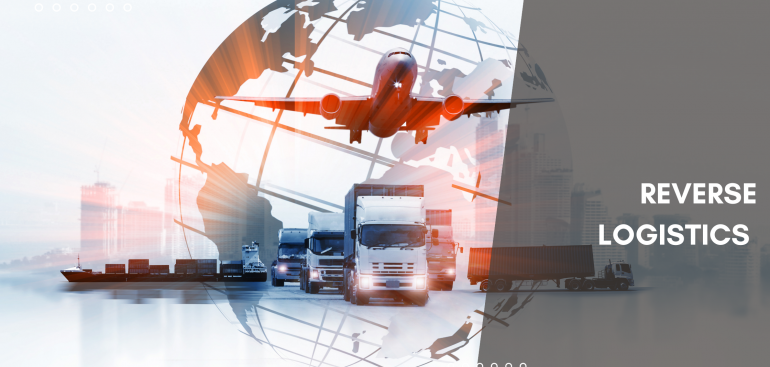Logistics is a complicated business that has many unexpected events. These need to be dealt with immediately. Reverse Logistics is one event that needs to be carefully addressed and planned. It is worth looking at the most recent statistics regarding reverse logistics to understand the significance of these growing logistics operations.
Statistica has updated its information to show that return delivery costs will rise to $750 billion in 2021. This is 75% higher than the figures for the past four years. Reverse Logistics is becoming more important with the advent of E-commerce. This is because physical retailers have been replaced online by sellers and providers whose sales were predicted to be around $314 million for 2019.
What’s reverse logistics?
Reverse logistics can be defined in the simplest terms as any operation where goods must be returned from their place of consumption to their place of origin. This is not a good idea as it means that any logistic operation that aims to deliver goods to their final customers will be reversed. This is why reverse logistics is used in logistics. Let’s now understand why this is a different type of operation, and what the current need for it is.
Reverse logistics management isn’t easy. We are dealing with a customer who has been disappointed and wants to return the goods for a replacement. The shipper, or 3PL agent, must retrieve the product and ship it back to the hub. There are two reasons why a return is necessary. One, it could be because the product was damaged or the item did not meet customer expectations. This information is crucial in launching a counter shipping operation.
Reverse logistics, or simply reverse logistics, is the act of moving goods from their final destination to be used for the sole purpose of remanufacturing, refurbishing, or reinitiating an identical replacement order. This includes the handling of any products that are returned. It is important to note that online retailers return at least 30% of products, compared with 8.89% for brick and mortar stores.
You can use reverse logistics to access the quality and efficiency of all involved in the operation. This is an indicator of customer satisfaction with the product and delivery. This is why it is essential to plan well and avoid reverse logistics. Items that fall under this category can cause major problems for any organisation’s profits.
Recognizing the importance of reverse logistics, it is important to note that companies can not only track returns but also receive the value they desire from returned products. These are the steps to follow in order to implement a successful reverse logistic process:
Real time monitoring and tracking:
A company must have a highly functional and up-to-date process and platform that allows customers to return their products easily. Platforms should be able to capture data that allows customers to classify products as defective, damaged, or needing to be replaced. This will allow the shipper to return the product to its intended origin.
Get in touch with the best distribution and warehouse centers:
The warehouse management and distribution centers are two of the most important aspects that must be considered and properly engaged. Reverse logistics refers to getting the product back to its original location from the point of delivery. It is important to decide strategically on which collection and return centers to use.
Customer communication:
Communication is crucial for any industry that is trying to satisfy its customers. It doesn’t matter if reverse logistics is used. This type of process requires that customers are listened to. Reverse logistics is about a customer who is unhappy and wants to return the product. Companies must communicate with their customers to build trust. They need to be responsive to customers’ queries and offer quick solutions that will make them happy.
Partner with a reliable 3PL logistics provider:
Logistics is a complex industry. Reverse logistics is one example. A separate logistics department is required with a capable human resource team and a technologically advanced platform to manage all data. Many companies have outsourced their reverse logistics to third-party logistics vendors who are well-equipped to provide the necessary real-time tracking and have the best human resource to ensure that the goods get to the destination. This will not only lower the cost but also ensure a smooth return management process.
Summary:
E-commerce is a driving force in any industry or business. It is important to identify the problems and find solutions. Companies must plan for the return of goods. This is a critical issue. The ultimate goal is to please customers in the fastest and most efficient manner.

